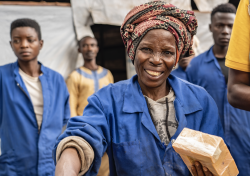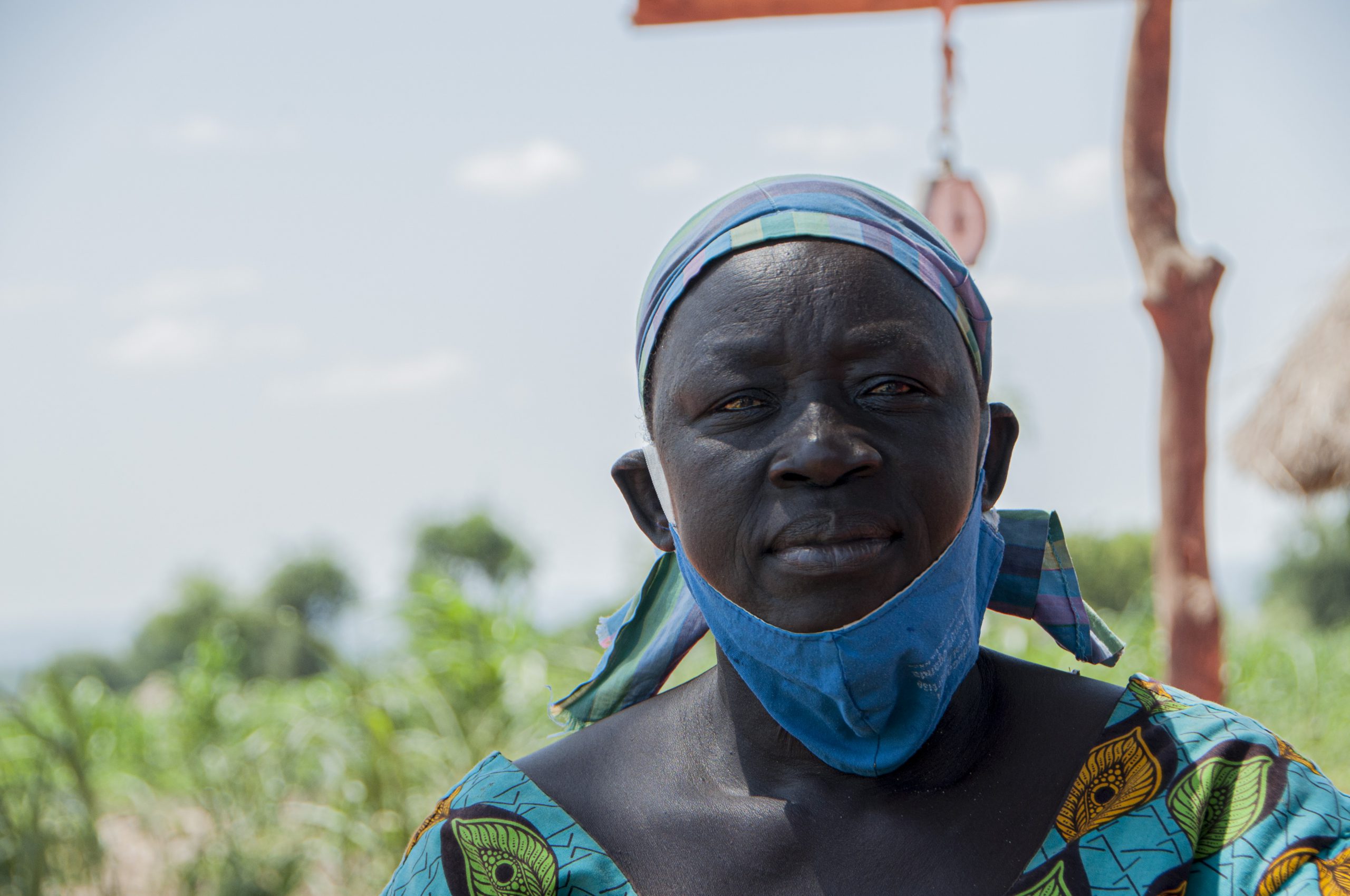
The campaign for World Day Against Trafficking in Persons on July 30, 2023, aims to raise awareness of trafficking risks and calls on governments, law enforcement, public services, and civil society to strengthen prevention, identify and support victims, and end impunity.
Global crises, conflicts, and climate emergencies escalate trafficking risks, and millions of people are vulnerable to exploitation by traffickers. Trafficking is a crime that robs people of their freedom and dignity and makes them vulnerable to exploitation. It takes many forms, such as forced labor, sexual exploitation, domestic servitude, debt bondage, physical and psychological abuse. It is a modern-day form of slavery, with victims often lured by false promises of good jobs and better lives.

Trafficking primarily affects women and children, who account for 71% of all victims. It is a multi-billion-dollar industry, with an estimated annual global profit of $150 billion. It is a global issue that requires a comprehensive and coordinated response from all countries. According to the UNODC, as of August 2020, 93 percent of countries had specific legislation on trafficking in persons, up from 18 percent in December 20031.
Drug trafficking in and through Eastern Africa is increasing. Like many other forms of criminal activity, it takes advantage of conflicts, humanitarian disasters, and people’s vulnerability in crisis situations. Frequent commercial flights from Asia and the Middle East make Nairobi, Kenya, and Addis Ababa, Ethiopia, key entry points for illicit drugs into the region. Additionally, drug traffickers favor the seaports of Mombasa and Dar es Salaam. The same ports of entry and transit points used for drug trafficking are also utilized for human trafficking. Traffickers exploit vulnerable people, often refugees or those in extreme poverty, to transport illicit drugs or smuggle them across borders. This activity is often linked to drug trafficking, with some traffickers using drug trafficking proceeds to finance human trafficking.

Many countries have ratified the UN Anti-Human Trafficking Protocol, including Sudan, Ethiopia, Kenya, and Uganda, which led to the enactment of the Anti-Human Trafficking Act. After establishing a national committee to combat human trafficking, Sudan has faced funding challenges. Uganda enforces regulations and policies on job recruitment agencies to ensure transparency and accountability and continues to intercept and rescue over one thousand girls and boys who have been rehabilitated and reunited with their families since 20142. Prevalently, East African countries lack power in negotiations with Middle Eastern countries on trafficking issues. This leaves workers vulnerable to exploitation and abuse. Additionally, labor export revenue is not always reinvested in the local economy, leading to a lack of economic development in many countries.
East Africa needs to learn from other approaches to trafficking and protect workers. Until more robust responses are in place, trafficking and exploitation are likely to grow in the region. This perpetuates poor women and girls’ vulnerability and undermines labor exportation as a livelihood option. The Philippines, for example, has twenty-three bilateral agreements with seven nations, mostly in the Middle East. This enables authorities to monitor employees’ protection and safety and prevent them from being exploited by trafficking networks and employers in destination countries. The labor export sector contributes significantly to the Philippines’ GDP, but it is not without obstacles and is not a panacea for the economy.

Those who lack legal status, live in poverty, have limited access to education, healthcare, or decent work, face discrimination, violence, or abuse, or come from marginalized communities are often the primary targets of traffickers. In September 2015, the world adopted the 2030 Sustainable Development Agenda and embraced goals and targets on trafficking in persons. These goals call for an end to trafficking and violence against children; as well as the need for measures against human trafficking, and they strive for the elimination of all forms of violence against and exploitation of women and girls. It is crucial to raise awareness and reinforce global commitments to eliminate trafficking in persons as specifically mentioned in SDG 5, 8 and 16.
Every country in the world is affected by human trafficking, whether as a country of origin, transit, or destination for victims. “Leave no one behind” is the central, transformative promise of the 2030 Agenda for Sustainable Development and its Sustainable Development Goals (SDGs).
In the context of trafficking in persons, leaving people behind means:
- non-existent or partial implementation of the Prevention of Trafficking in Persons Act.
- failing to end the exploitation of trafficking victims,
- failing to support victim-survivors once they are free from their traffickers, and
- leaving identifiable groups vulnerable to traffickers.
- failure to adopt victim-centered approaches during criminal proceedings could discourage victims from actively participating.
By strengthening national frameworks for the identification and protection of victims of trafficking, especially during times of crisis, states can improve their efforts to implement the UN Convention against Transnational Organized Crime Trafficking in Persons Protocol. This should include strong collaborations between governments, the private sector, civil society organizations, and other stakeholders. Additionally, states should take steps to ensure that victims of trafficking are not criminalized, detained, or deported. Finally, states must prioritize measures tailored to the specific needs of trafficking victims to ensure they are not left behind.
1Human trafficking – Statistics & Facts | Statista.



